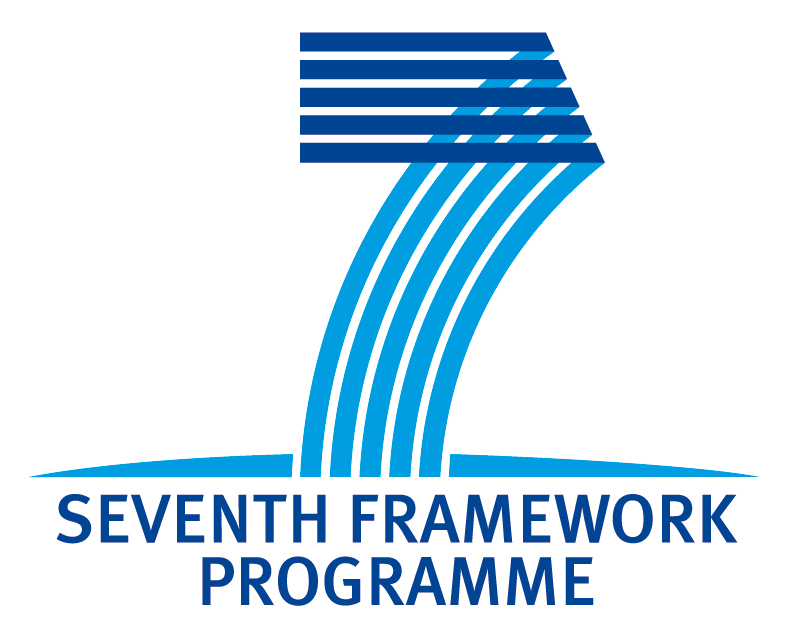Gaucher disease
Gaucher disease is the least rare LSD, with an estimated incidence ranging between 1:57,000 and 1.16:100,000 (although it is significantly higher in specific populations as Ashkenazi Jewish descent).
It is an autosomal recessive LSD due to the deficiency of b-glucocerebrosidase and is characterized by the storage of sphingolipids (glucosylceramide, GlcCer) primarily within cells of phagocyte origin (‘Gaucher cells’). Fatty substances can collect in the spleen, liver, kidneys, lungs, brain and bone marrow (Figure 1).

Figure 1. Enlarged cells in the spleen of a person with Gaucher disease.
The clinical phenotype of the disease includes visceral (hepatosplenomegaly), hematologic (cytopenia), and skeletal (osteolytic lesions, bone crises, femoral Erlenmeyer flask deformity) manifestations. The phenotype of Gaucher disease is extremely variable; the main clinical forms include the most common non-neuronopathic type I, and the acute (type II) and chronic (type III) neuronopathic subtypes.
Gaucher disease was the first LSD to be treated by enzyme replacement therapy (ERT), which proved to be effective after an experience of approximately 15 years and thousands of patients treated by this approach. ERT, however, requires infusions every other week (with a significant impact on patients’ life style), and very high costs. Other approaches have been proposed, such as substrate reduction (SRT), already available for adult patients, or the chaperone-mediated enzyme enhancement (EET) on specific b-glucocerebrosidase mutations.
Despite the long-lasting experience and the large number of studies on the different therapeutic strategies, a few aspects of Gaucher disease still need to be elucidated:
- the pathophysiology is not completely clear, especially concerning the role of systemic inflammation resulting from Gaucher cells secreted cytokines;
- the monitoring and the effects of therapies on bone disease;
- the potential role of substrate reduction (SR) in treating pediatric patients.
Therefore, further studies are required to understand these issues and to develop further alternative therapeutic approaches, such as gene therapy.
Read more at:
Wikipedia
National Institute of Neurological Disorders and Stroke
Patient organizations:
Gauchers Association
National Gaucher Foundation
Associazione Italiana Gaucher
Children’s Gaucher Research Fund

